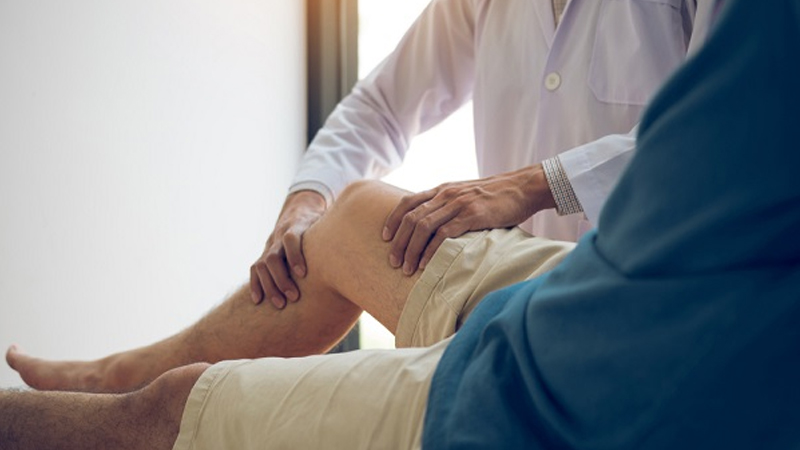Cycling is a sport that relies heavily on knee joints, so can those with degenerative conditions in this area cycle? Most people think that patients with bone and joint-related issues should avoid cycling as it may exacerbate their pain.
1 Can Those with Degenerative Joint Conditions Cycle?
However, this belief is entirely incorrect. Orthopedic experts assert that cycling is a simple yet highly beneficial form of exercise, especially for those with degenerative joint conditions.

According to Dr. Nguyen Thanh Chon, Head of the Orthopedic Trauma Department at Saigon – ITO Orthopedic Hospital, cycling is an effective way to exercise the muscles with minimal impact on the knees. This is because cycling involves a harmonious interplay of various body parts. With the support of muscles, tendons, and ligaments, bone density increases, strengthening the joints, particularly the knees.

When patients experience pain due to their joint conditions, cycling can help stretch the tendons and muscles, regulate fluid secretion, and improve elasticity. As a result, the knee joints become more flexible, movement becomes smoother and easier, and pain is significantly reduced.

In addition to facilitating smooth joint movement and preventing stiffness, cycling also provides a comprehensive boost to overall health. It improves blood circulation, making it beneficial for those with cardiovascular issues as well. Therefore, cycling is an ideal exercise for patients with knee pain.
2 Precautions for Those with Degenerative Joint Conditions

While cycling is beneficial for those with degenerative joint conditions, there are some important precautions to keep in mind when using this form of therapy:
– It is advisable to consult a doctor about your specific condition before opting for cycling as an exercise.
– Consider cycling with a companion for support in case your knee joints are not fully recovered and still cause pain or swelling.
– Avoid overdoing it; instead, maintain a comfortable, steady pace for around 30-40 minutes per session, 3-4 times a week. Consistent practice for 2-3 months can lead to noticeable improvements.
– Ensure you eat something nutritious about 30 minutes before cycling to provide your body with the energy it needs. Avoid cycling on an empty stomach as it can lead to fatigue.
– Stay hydrated by drinking water regularly during your ride, taking small sips every 20 minutes or so.
– Prioritize safety by wearing reflective gear and using lights and turn signals when cycling at night. Also, choose comfortable, loose-fitting clothing that won’t restrict your movement.

In conclusion, cycling can help alleviate pain and improve overall health for those with degenerative joint conditions. We hope this information proves valuable to those suffering from such conditions. If you are in the early stages or do not have degenerative joint issues, investing in a good bicycle and starting to cycle regularly can be an excellent preventive measure.
You may also be interested in:
>>
>>
>>
Explore 12 Amazing Destinations for Biking Trips
Unlock Vietnam in a brand new way with an exciting biking tour! Discover the stunning beauty of the country with Dien May XANH’s top 12 must-see destinations. From sweeping plains to clear blue beaches and mountainous vistas – experience all the sights with your own personal cycling tour. Find your ideal route and set out for an adventure today!
Unlock 8 Benefits with a Daily 5-Minute Jog
Living a hectic lifestyle can make fitting in time to exercise difficult. However, studies have revealed that even just 5 minutes of jogging a day can lead to positive outcomes for your health, including a decrease in the risk of developing cardiovascular disease, extending your life span by up to 3 years, or even reducing the susceptibility to heart disease.














